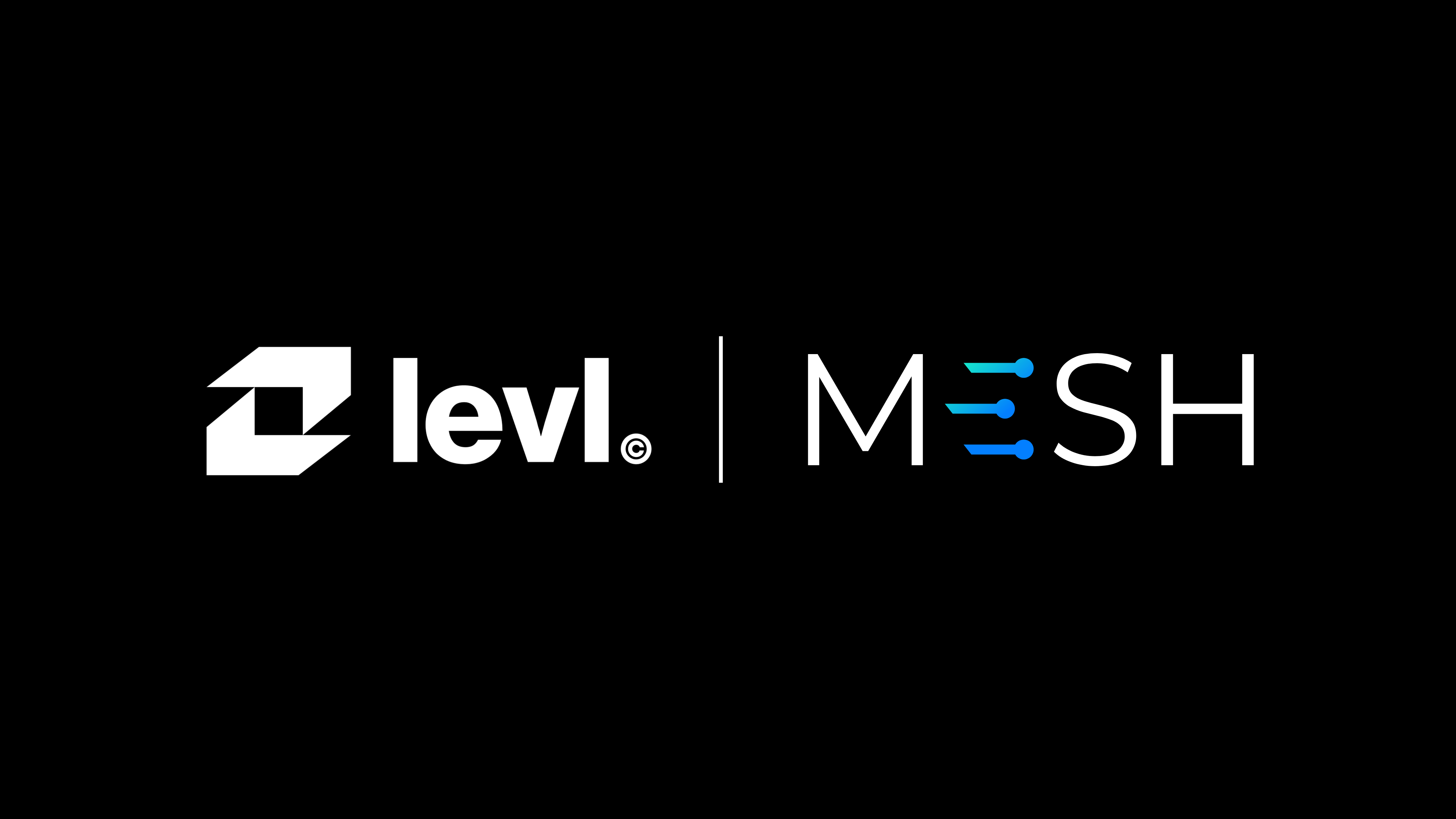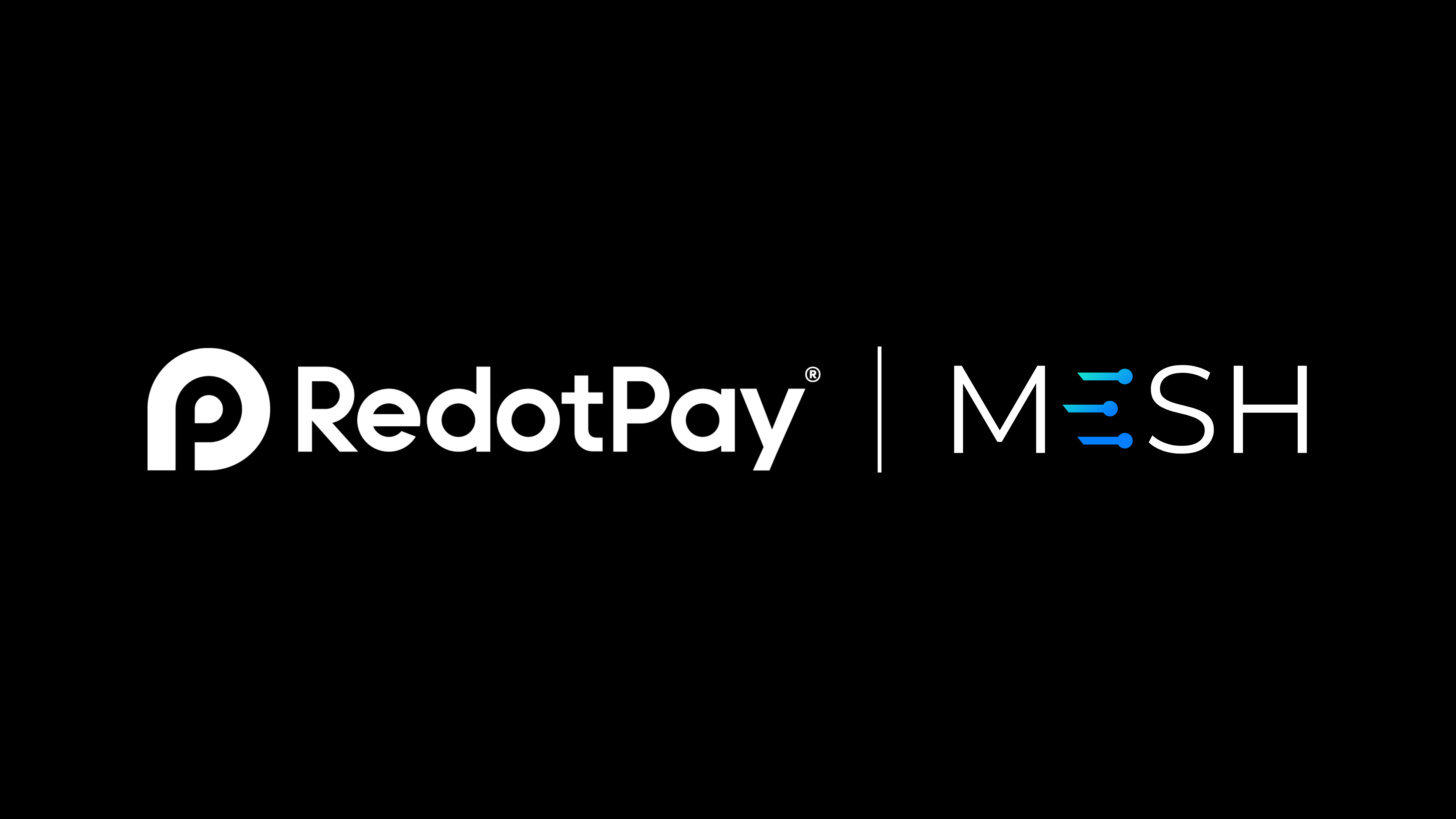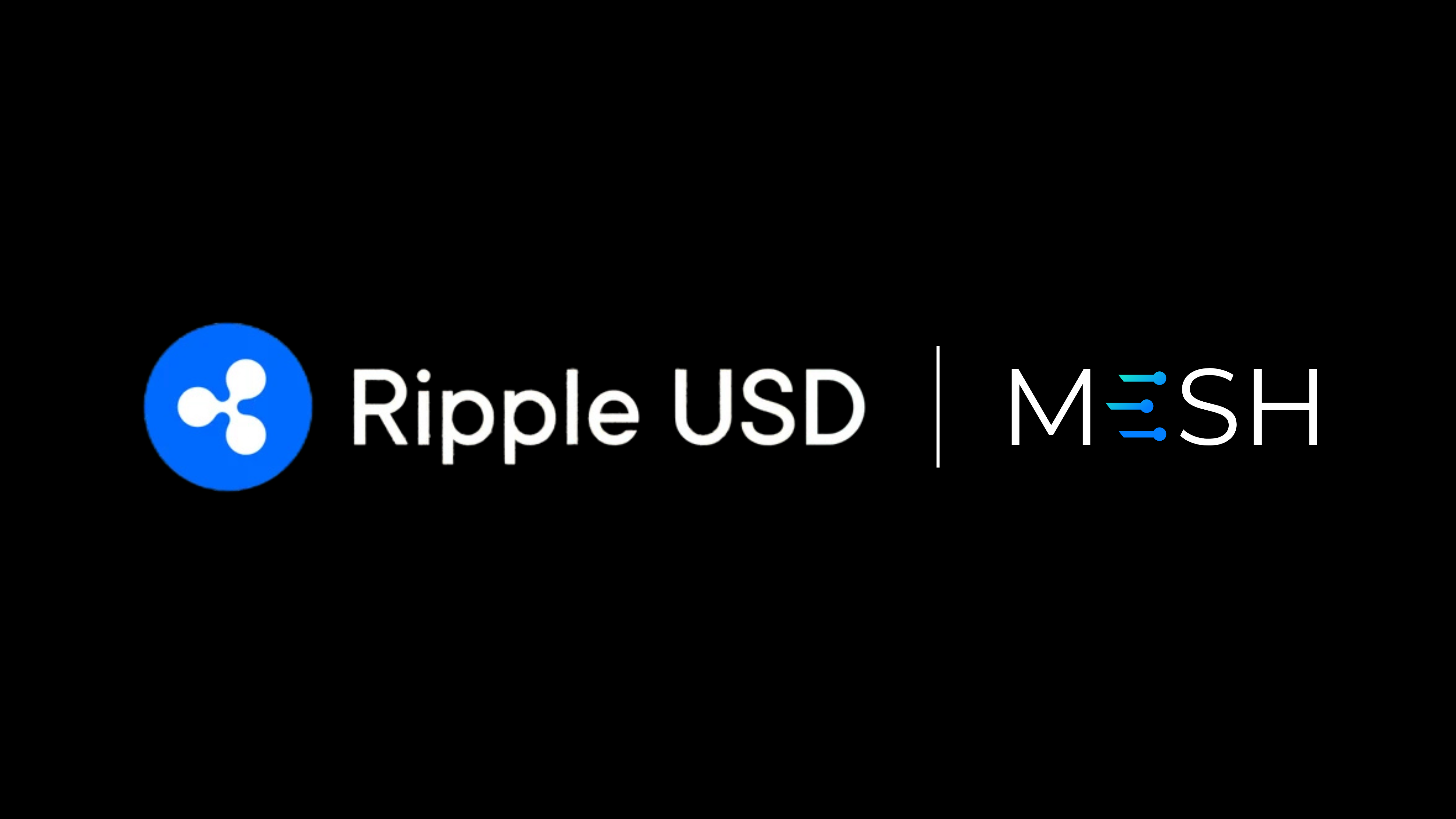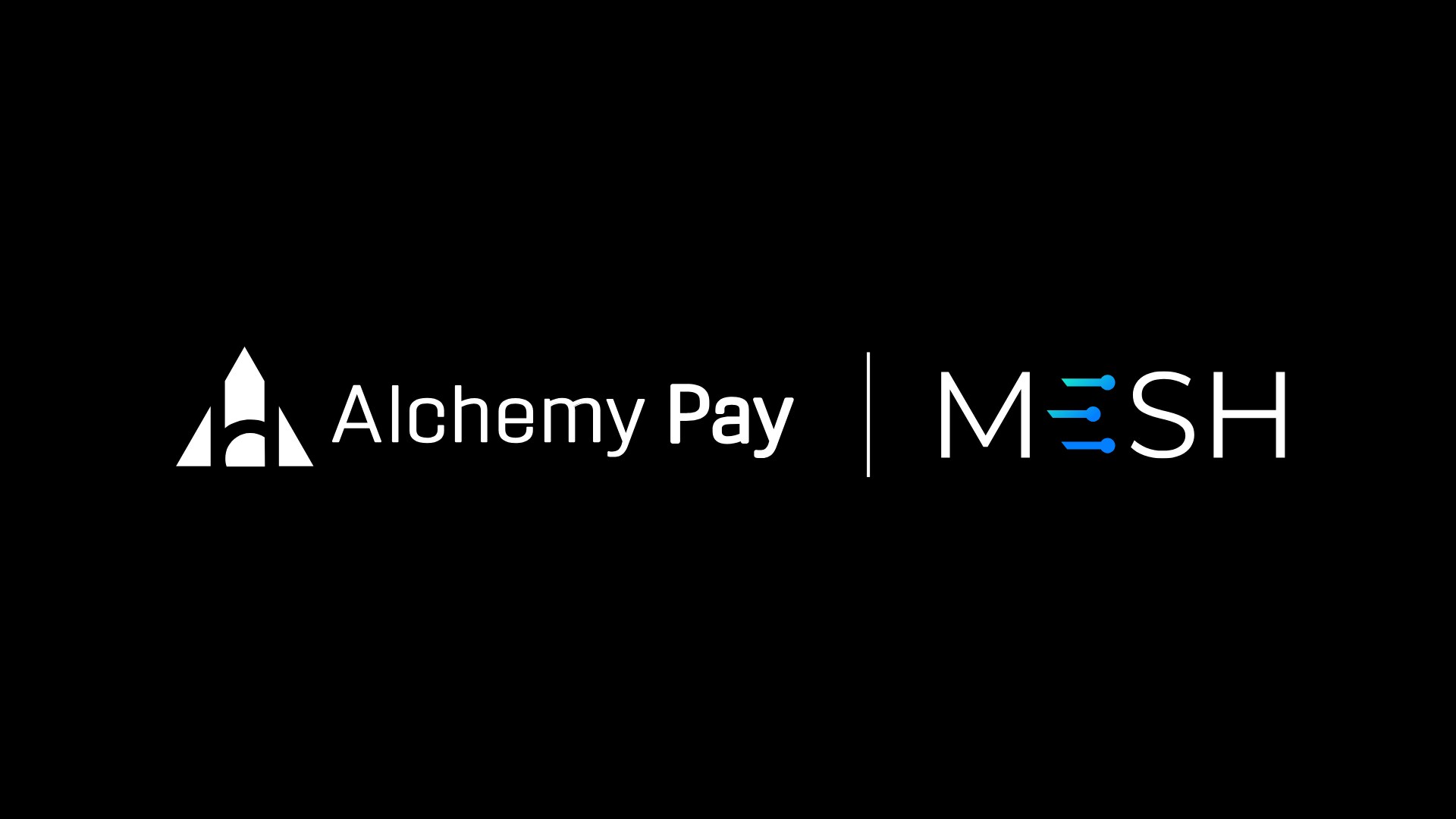January 25, 2024
Does KyberSwap have an API?
Yes, KyberSwap does have an API that helps you execute swaps at optimal rates. Check the KyberSwap documentation for more details. However, rather than using KyberSwap's public API, an alternative is to use Mesh, which has built integrations with KyberSwap along with 300+ other digital asset exchanges and wallets. For more details, check out the Mesh Integrations page.
About KyberSwap
KyberSwap is a platform that offers a RESTful API and an Aggregator API, allowing users to interact with the KyberNetwork contract and execute swaps at favorable rates. While the founding year, location, and employee information are not mentioned, KyberSwap is available on various chains, including Ethereum, BSC, Arbitrum, Polygon PoS, Optimism, Avalanche, Base, Fantom, Polygon zkEVM, Linea, and Scroll. The founders and funding information are also not provided in the sources.
General usage
Here's a brief summary of KyberSwap APIs:
- RESTful API: This API allows users to programmatically interact with the KyberNetwork contract without an in-depth understanding of blockchain and smart contracts. It includes functionalities like querying token details (such as symbol, name, decimals, address), expected rates for token pairs, and estimated gas limits for transactions.
- Aggregator API: This API is for developers requiring more control when integrating swap functionality within their apps. It enables querying and executing swaps at favorable rates and is part of the KyberSwap Aggregator ecosystem, which connects users and applications to liquidity across various decentralized exchanges and multiple chains.
Rate Limits
KyperSwap API rate limits are:
- 60 requests per minute per IP address
Authentication
This is how you would authenticate your requests to the KyberSwap API:
- Generate an API key via the KyberSwap website, and note down the key, secret, and passphrase (if applicable).
- Select the appropriate permissions for your API key based on your requirements.
- Include the necessary headers, such as API key, signature, timestamp, and passphrase (if applicable), in your API requests.
- Calculate the timestamp header as the number of seconds since Unix Epoch in UTC.
- Create the signature header by generating a hash (e.g., sha256 HMAC) using the secret key on a prehash string, which includes the timestamp, method, request path, and body (if applicable). Encode the resulting signature (e.g., base64) and include it in the signature header.
Errors
These are the three most common API errors for KyberSwap’s API:
- Promise<{ liquidityNet: BigintIsh}>: Data provider error: 'No tick data provider was given’
- ERROR_MESSAGE: Error message to throw whenever tick data is required but has not been provided.
- Promise<[number, boolean]>: Data provider error: 'No tick data provider was given
An alternative to the KyberSwap API
As mentioned earlier, Mesh offers a valuable alternative to directly accessing the KyberSwap API, particularly for developers and businesses aiming for a streamlined and integrated user experience for cryptocurrency transactions. In this section, we'll discuss why using Mesh's integrations is a better option than accessing the KyberSwap API directly.
Here are some of the standout features of the Mesh API:
- Integrated User Experience: Through the Mesh API, seamlessly embed cryptocurrency functionalities into your app to provide a smooth user journey and enhanced user convenience.
- Broad Connectivity: With a single integration, the Mesh API connects to over 300 brokerages, exchanges, and wallets, offering extensive flexibility and choice for users.
- Simplified Asset Management: The Mesh API simplifies the process of depositing assets and allows transfers from various sources directly within your app, streamlining crypto funding and asset management.
To get started with Mesh, visit the Mesh Signup page and experience the ease and efficiency of their cutting-edge API in your digital asset endeavors.












.png)
.png)
.png)
.png)
.png)
.png)
.png)
.png)

%20(1920%20%C3%97%201080%20px)%20(61).png)
.png)


.png)

%2520Wallet.png)














.png)
.png)

















.png)



.png)
.png)
































%2520Wallet.png)


